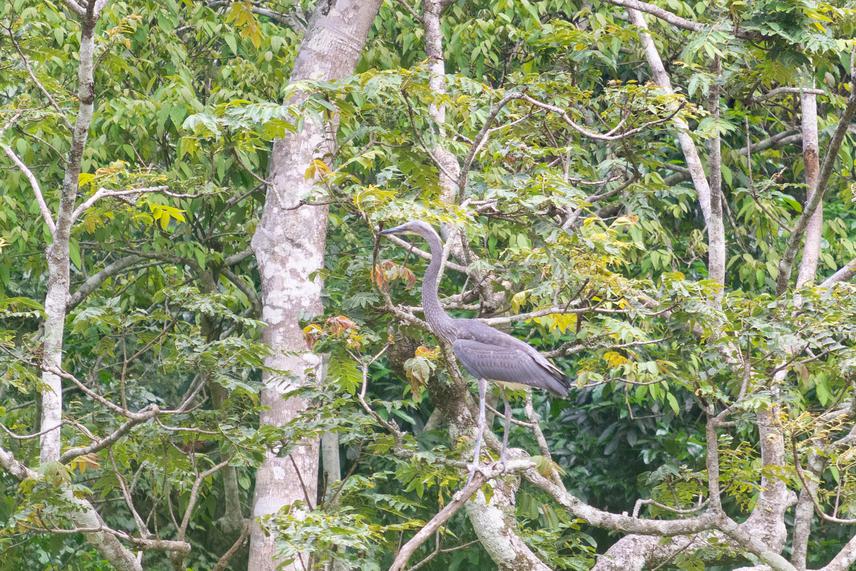Pema Khandu
Other projects
11 Jul 2018
Foraging Activity Patterns of Critically Endangered White-Bellied Heron (Ardea insignis) in Punatshangchu and Mangdechu River Basins of Bhutan
17 Apr 2025
Assessing Critical Habitats Using Environmental DNA (eDNA) to Conserve the World’s Rarest Heron, the White-bellied Heron (Ardea insignis) in Bhutan
The White-bellied Heron is a critically endangered bird species which is verging extinction. However, there is paucity of ecological and biological information hindering proper conservation and management. Our study will provide empirical evidence on roost site selection and behavior of the White-bellied Herons. We would be able to assess and rank the threats posed to the survival of the WBH. This will help create roost management plan for the WBH. As an important aspect of conservation, we would be able to engage community through awareness and advocacy programs conducted in the WBH habitat regions in Bhutan. Overall, from our findings, we would be able to recommend and guide management actions and drive policy change for the effective conservation of the WBH.

Through our prior observation, we found out that the WBH do not roost on random trees, maybe the micro-climate and other physio-geographical features of the roosting site determines their roost site selection. Moreover, we felt it very urgent to protect their roosting site as most of the riverine forests were disturbed or fragmented with sand mining, dam, and road construction.
The proposed study will cover two major river basins of Bhutan and numerous other tributaries where WBH is reported from. The two major river basins where WBH is most found are Punatsangchu and Mangdechu basins. The roosting habitat of the White-bellied Herons (WBH) will be determined by the direct sighting. Roosts will be determined from the macro-habitat and microhabitat scales (Xu et al. 2010). We will make measurement of the variables of the roosting tree and the control which will be determined from a random available tree (Fisher et al. 2004). Threat assessment will be carried out employing the semi-structured questionnaire. A paired t-test will be performed to find the difference in habitat characteristics between the roosting and random trees. The generalized linear mixed models (GLMMs) and principal component analysis (PCA) will be used for roosting habitat modeling for the WBH.
Through this study, we also plan to make appropriate recommendations on the protection and management of their roosting habitat which is important for the conservation of this species. As most of the roosting sites had been observed to be disturbed or lost to pro-developmental activities such as hydro-power, road, and mining activities.